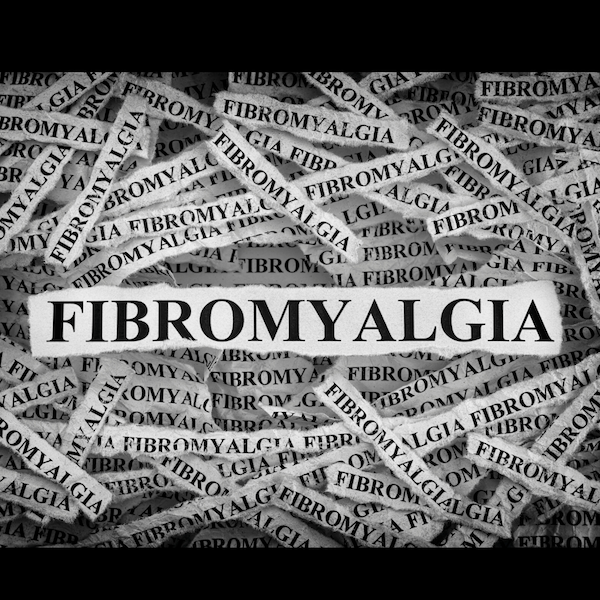Do you ever wake up exhausted, only to find yourself wide awake at 3 am? Or reach for sugar when you are already stressed? That might be cortisol at work.
Understanding Cortisol: What It Is and Why It Matters


Do you ever wake up exhausted, only to find yourself wide awake at 3 am? Or reach for sugar when you are already stressed? That might be cortisol at work.

The talk around weight loss injections is as loud as the conversations about food noise right now (more on that later). From mainstream news and social media to whispers in coffee shops, these medications are probably the most asked-about topic I hear, second only to back pain.

This isn’t my usual kind of post, but it’s an important one. It’s about health checks, speaking up, and not ignoring when something doesn’t feel right in your body.

As mentioned in the main menopause post (read it here), a blood test is generally not required for healthy women over 45 experiencing symptoms linked to perimenopause or menopause. According to the NICE guidelines, a diagnosis of menopause is made based on clinical symptoms rather than blood tests, especially for women over 45. However, checking hormone levels can be important in certain […]

The deep, nagging ache in your buttock that sometimes radiates down the back of your leg is undeniably real. But is your piriformis muscle truly to blame, and does “piriformis syndrome” even exist?

If you’re in the U.K., it won’t have passed you by that the nights are drawing in (it seems a tad early to me); the shorter days remind me to welcome autumn, but I do so with mixed feelings. While I love the hues of the season and the prospect of wrapping up in cosy […]

Mental Health Awareness Week is a yearly opportunity to increase our understanding of mental well-being and stamp out the stigma. around mental well-being. This year’s theme is Anxiety and what we can do to prevent and manage it. Anxiety is the body’s natural adaptive mind-body reaction to perceived and genuine stress or future danger. It is […]

Medically, a Baker’s cyst is called a popliteal cyst, a fluid-filled sac that causes tightness and a bulge behind the knee. It can be painless and go unnoticed until there has been increasing inactivity. When there is pain, it is usually worsened when bending or fully straightening or activity levels increase.

And more anxious too? Pounding heart, heavy breathing, churning stomach and sweating hands can be some signs and symptoms of anxiety, along with the need to escape. It is a horrible, distressing experience, often accompanied by embarrassment and shame.

In the last post, we looked at the signs and symptoms of ADHD; you can catch up here. This time let’s explore treatment, medication and other support.

At the end and beginning of the year, many of us reflect or carry out a life audit. It is a reminder that nothing can be taken for granted, including our physical and mental health. Thinking about our emotional needs at these times can be a useful tool, helping us understand where we feel nourished […]

One of the most heartbreaking aspects of living with ongoing pain is that it’s often not taken seriously. It’s a common misconception that pain is all in your head. Too often, people in pain are told, “it’s all in your head,” “you look fine“, or, “you’re laughing, so it can’t be that bad.”

Trauma and chronic pain often coexist because sometimes, people with persistent pain also have an untreated or complex trauma history. Pain is our body’s danger detection system, making the body and mind more sensitive, and trauma changes the brain.

Low back pain is tricky; frustratingly, even for the most highly trained, experienced practitioners aided by imaging, knowing the exact cause of someone’s pain is often impossible. Hence, people leave consultations clutching the non-specific low back (NSLP) diagnosis and sometimes with unanswered questions. NSLP is categorised into three subtypes: acute, sub-acute and chronic, and means […]

It’s September, and the nights are drawing in so quickly it’s reminded me that this is the critical time to put measures in place if you have or are at risk of Seasonal Affective Disorder (SAD) Winter depression is the other name for SAD; it’s a type of depression triggered by the change of seasons, […]

While many people, especially those in the corporate world, have heard the word “burnout”, it’s not recognised officially as a medical term. If you read my musings regularly, you know that education and myth-busting are my primary passions inside and outside of my treatment space. In healthcare, burnout is called mental exhaustion or mental fatigue; “it is […]

Most of us will have experienced numbness or tingling in our fingers after getting a tub of ice cream out of the freezer or when it’s really cold outside. For most folks, this is a short-lived unpleasant experience.

The “core” is scientifically called the lumbopelvic-hip complex (LPHC). It’s everything our head, arms and legs attach too, the torso or trunk of the body. Most often its acts as a stabiliser and force transfer, yet people focus on training it in isolation as a prime mover, with exercises like sit-ups, crunches, and planks. If […]

Fibromyalgia is a mysterious long-term condition involving widespread chronic pain without a known cause; it’s more frustrating than a diagnosis. Some people will eventually discover a specific reason. Still, most times, the condition appears triggered by a physically stressful event, such as an injury, infection or having a baby. Or an emotional upset, such as […]

Ashwagandha is a popular ancient medicinal herb used in Ayurvedic medicine for over 2,500 years. It is becoming popular in the west because of its history of helping to reduce stress, the primary ‘disease’ of twenty-first-century life.